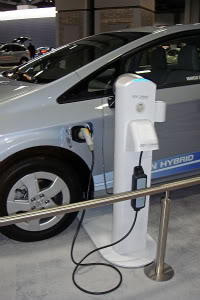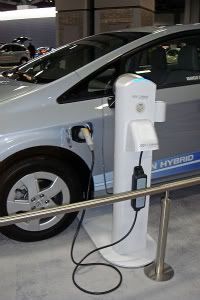Electric Vehicles Are in the News in a Big Way — But How Accurate Is the Coverage?

I’m glad to see so much coverage of electric transportation in the mainstream press. You know you’re making headway when msn.com is running “The Five Things You Should Know About Electric Vehicles” among its up-to-the-minute coverage of Brittany Spears, Charlie Sheen and hot guacamole recipes for Super Sunday.
However, with that much exposure – especially to people who may be just starting out on their path to learn about all this EV stuff — comes the responsibility to tell the story correctly.
Below is an excerpt of part of the discussion. Is it wrong? Very. Why? I don’t know. It would seem that making a call or two to check the facts with a subject-matter expert before publishing an article on one of the largest websites on Earth would be a strong idea.
“….Most utility plants burn coal to produce electricity. So is this “greener” than driving a gasoline car? It looks like the answer is yes, but not by much. Different regions of the country have cleaner power than others, so it matters where you live. The time of day also matters: Charge up at night and you’re probably using coal. Charge during the day and there’s a better chance it’s natural gas or nuclear power, both of which have lower emissions.”
In truth, because coal-fired power plants run 24 hours per day at the same rate of production, 80% of the off-peak power (at night) is dumped, as it’s generally too expensive to store. Charging an EV at night (the norm, of course) uses power that otherwise would have been wasted. According to reports I’ve seen, we could put 90 million EVs on the road this afternoon with very little impact on the grid. That’s quite a few.
Again, a five-minute call to EVWorld.com or dozens of other places would clear all this up, thus avoiding misinforming millions of people trying to make sense of an important new phenomenon.

